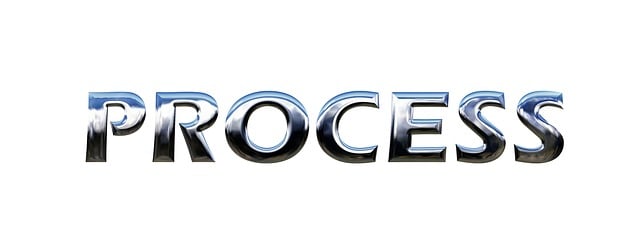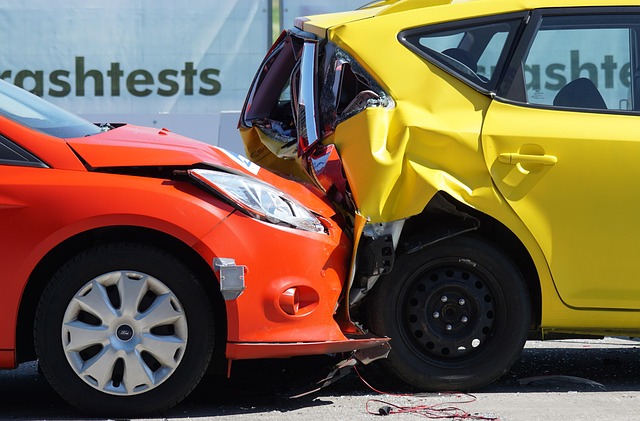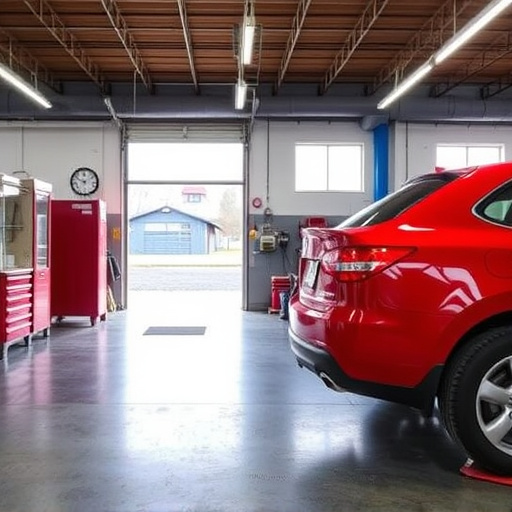Comprehensive repair video documentation for automotive shops involves segmenting complex processes like collision damage repair into easily navigable stages. This serves training, quality control, and customer transparency purposes. Effective labeling with standardized keywords improves archiving and retrieval, enhancing productivity. In the automotive industry, these videos streamline knowledge sharing and customer satisfaction through meticulous editing and structured content, saving time and improving understanding.
In today’s digital age, effective repair video documentation is essential for shops to streamline their processes and enhance customer service. This article delves into the art of editing and labeling repair video segments, providing actionable strategies for creating concise, informative tutorials. From identifying key repair sections to implementing robust labeling techniques, we explore best practices that ensure your video documentation is both comprehensive and accessible.
- Identifying Key Repair Segments for Documentation
- Effective Labeling Techniques for Video Archiving
- Streamlining Editing for Concise Repair Tutorials
Identifying Key Repair Segments for Documentation
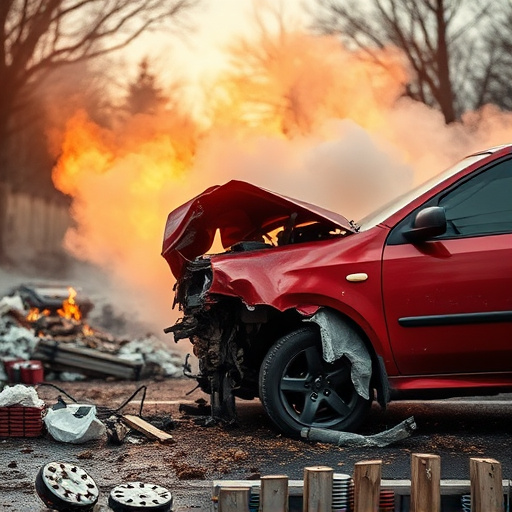
When it comes to creating comprehensive repair video documentation, shops must first identify the most crucial segments for capture and labeling. This involves pinpointing specific stages of an automotive repair process that require detailed scrutiny. For instance, a collision damage repair might include documenting the initial assessment, disassembly of damaged components, meticulous repair techniques used, and the final quality check.
Each segment should be distinct, allowing for easy navigation and reference in the future. By focusing on these key areas, shops can ensure that their documentation accurately reflects the intricacies of each automotive repair, providing a valuable resource for training, quality control, and customer transparency.
Effective Labeling Techniques for Video Archiving

In the realm of repair video documentation, effective labeling is key to efficient archiving and retrieval. Collision repair shops employ strategic techniques to ensure their video records are organized, accessible, and informative. Standardized labels that include clear descriptions, relevant dates, and specific details about the vehicle (e.g., make, model, year) facilitate quick searching and identification. This meticulous approach allows mechanics and technicians to locate pertinent footage swiftly, enhancing productivity during the repair process.
Additionally, incorporating relevant keywords like “car collision repair” or “vehicle restoration” within labels enhances search functionality. Such practices are especially crucial in bustling shops where numerous videos are captured daily. Proper labeling not only streamlines internal processes but also ensures that customers and professionals alike can effortlessly access detailed repair documentation, fostering transparency and trust in the services provided by these establishments.
Streamlining Editing for Concise Repair Tutorials
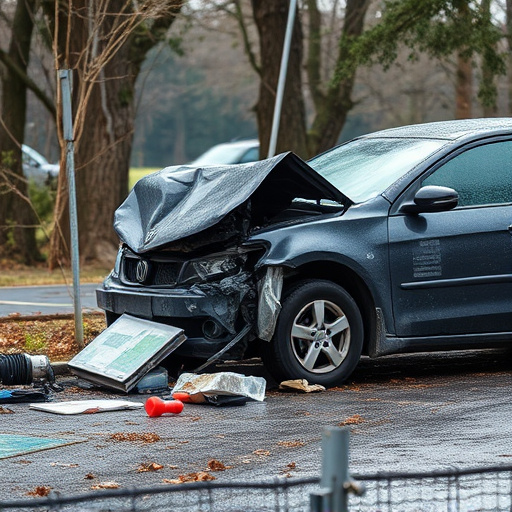
In the realm of automotive services, efficient repair video documentation is key to effective knowledge sharing and customer satisfaction. Shops that specialize in tire services, vehicle repair services, or car paint repair often produce these videos as tutorials for their staff and clients. To ensure these videos are useful, they must be meticulously edited for conciseness. By streamlining the editing process, shops can create engaging and informative segments that highlight specific repairs step-by-step. This approach not only saves time but also enhances understanding for viewers.
A well-edited repair video documentation segment should focus on one task or issue at a time. This allows viewers to quickly grasp each procedure without getting overwhelmed. For instance, a video demonstrating tire services can break down the process into mounting, inflating, and final checks. Similarly, car paint repair videos can showcase the sequence of sanding, priming, painting, and clear coating. Such structured editing not only simplifies complex tasks but also enables viewers to easily navigate and reference specific parts of the video when they need guidance on particular vehicle repairs.
Shops can greatly enhance their repair video documentation process by implementing strategic editing and labeling techniques. By identifying key segments, utilizing effective labeling practices, and streamlining the editing process, businesses can create concise and informative tutorials. This ensures a clear and organized archive of repair procedures, facilitating efficient knowledge sharing among staff and improving overall customer service. Optimizing repair video documentation is a powerful tool for any shop looking to maintain high standards and provide top-quality care.






